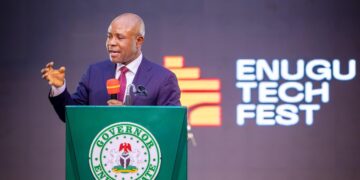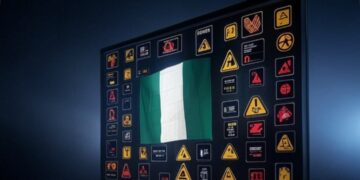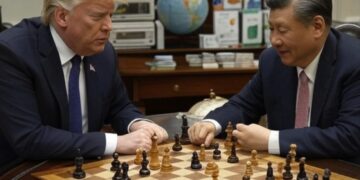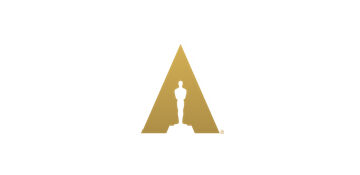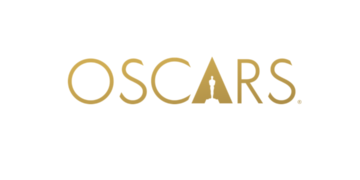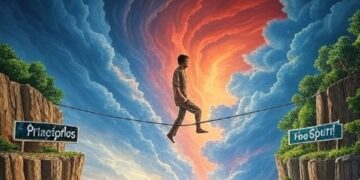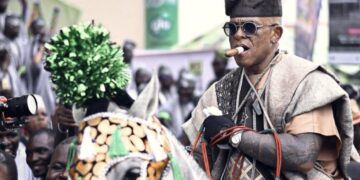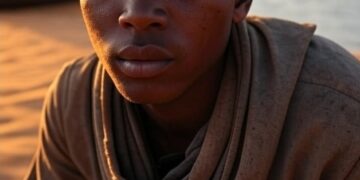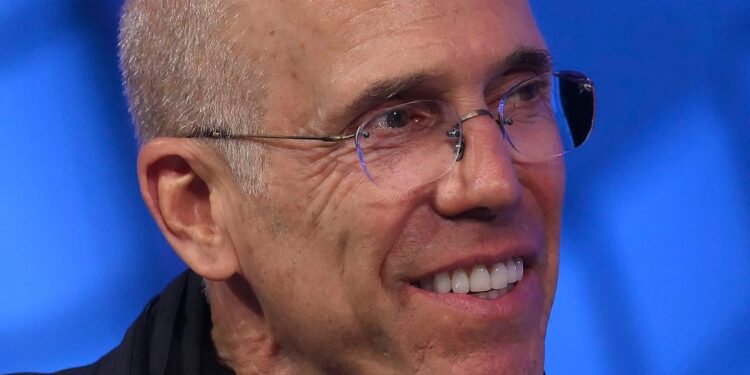In 1994, Disney made a decision that would echo through decades, haunting them in ways they never imagined. They fired the creative force behind some of their biggest triumphs—a man who had turned their animation division into a global powerhouse. That man, Jeffrey Katzenberg, didn’t just walk away quietly. He built DreamWorks SKG, a rival that would challenge Disney’s dominance and create iconic franchises like Shrek, Madagascar, and Kung Fu Panda. Today, as Disney grapples with a 40% stock drop over four years, DreamWorks’ legacy—once valued at $3.8 billion—stands as a testament to what happens when vision meets opportunity. Here’s how this saga unfolded and why it’s a wake-up call for stakeholders in any industry.
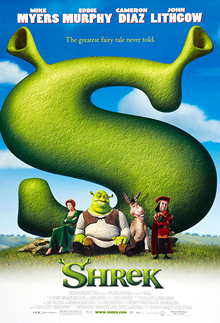
The Golden Era—and the Fallout
In the early ‘90s, Disney was riding high under Katzenberg’s leadership as studio chief. The numbers speak for themselves: Beauty and the Beast (1991) grossed $440 million, Aladdin (1992) brought in $504 million, and The Lion King (1994) roared to $968 million. Animation wasn’t just a side hustle—it was Disney’s beating heart, and Katzenberg was the architect. But behind the scenes, tension brewed.
Katzenberg wanted recognition—and compensation—for his role in this golden age. He demanded $250 million in royalties, a figure reflecting the billions he’d helped generate. Disney’s CEO, Michael Eisner, saw it differently. Worried about setting a costly precedent, Eisner refused. Katzenberg was out. What Disney didn’t anticipate was that they’d just handed their playbook to a competitor.
The Rise of a Rebel Empire
Katzenberg didn’t sulk—he struck back. Teaming up with Steven Spielberg and David Geffen (the music mogul who signed Nirvana), he co-founded DreamWorks SKG. Their mission? To disrupt the animation game Disney had dominated for decades. In 2001, they unleashed Shrek—a cultural gut punch to Disney’s fairy-tale formula. Gone were the saccharine songs and perfect princes. In their place: a sarcastic ogre, a princess who embraced her flaws, and humor that didn’t pull punches. It grossed $488 million and won the first-ever Oscar for Best Animated Feature, proving audiences craved something raw and real.
DreamWorks kept pushing boundaries. How to Train Your Dragon (2010) gave us Hiccup—a scrawny, introspective hero who defied the muscle-bound stereotype—and raked in $494 million. Madagascar and Kung Fu Panda followed, cementing DreamWorks as a storytelling juggernaut. By 2016, its animated library was valued at $3.8 billion. Katzenberg sold the studio to Universal and walked away a billionaire, leaving Disney to watch its former protégé thrive.
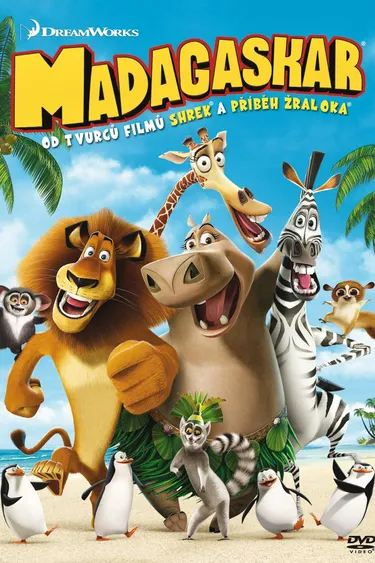
Disney’s Stumble, DreamWorks’ Triumph
Fast forward to today: Disney’s stock has plummeted 40% since 2021, reflecting struggles to adapt in a crowded, evolving market. Meanwhile, Katzenberg’s legacy at DreamWorks endures as a masterclass in one simple truth: authentic narratives win. His stories didn’t just entertain—they connected. They spoke to audiences who saw themselves in the misfits, the outsiders, the unpolished heroes. Disney clung to its polished veneer; Katzenberg rewrote the script.
The Lesson Beyond Hollywood
This isn’t just a tale of cartoon rivalries—it’s a blueprint for every stakeholder, from entrepreneurs to executives. Katzenberg’s success hinged on understanding that people don’t just buy products or watch movies—they invest in stories they believe in. In today’s attention economy, where every brand, leader, and creator is vying for a sliver of focus, authenticity isn’t optional—it’s essential.
The data backs this up. Audiences are burned out on AI-generated fluff, corporate jargon, and polished facades. They crave real voices—flawed, human, and bold. Brands that lean into this don’t just survive; they thrive. Why? Because authenticity builds trust, and trust drives everything: sales, funding, talent recruitment. It’s the flywheel that turns a good idea into a movement.
Your Move
So, how do you harness this? Start small, but start real. Share your story—your wins, your stumbles, your why. Post that opinion you’ve been sitting on. Write about the lesson that changed you. Consistency matters more than perfection. Each piece of content compounds, building a personal brand that’s not just a buzzword—it’s an asset. In a world drowning in noise, your voice can cut through, but only if it’s yours.
Disney’s 1994 mistake wasn’t firing Katzenberg—it was underestimating the power of a creator with something to say. Don’t make the same misstep. Your audience is waiting. What’s your story?
Shrek and Madagascar image credit- Dreamworks









